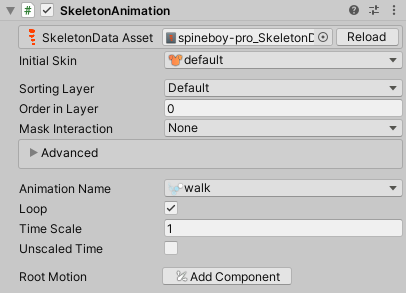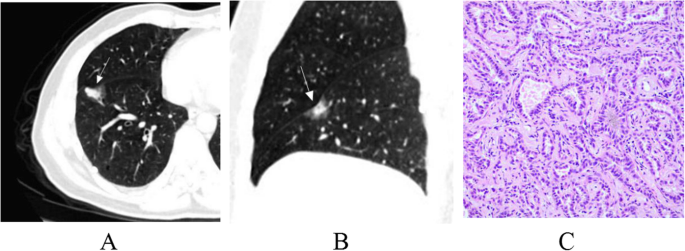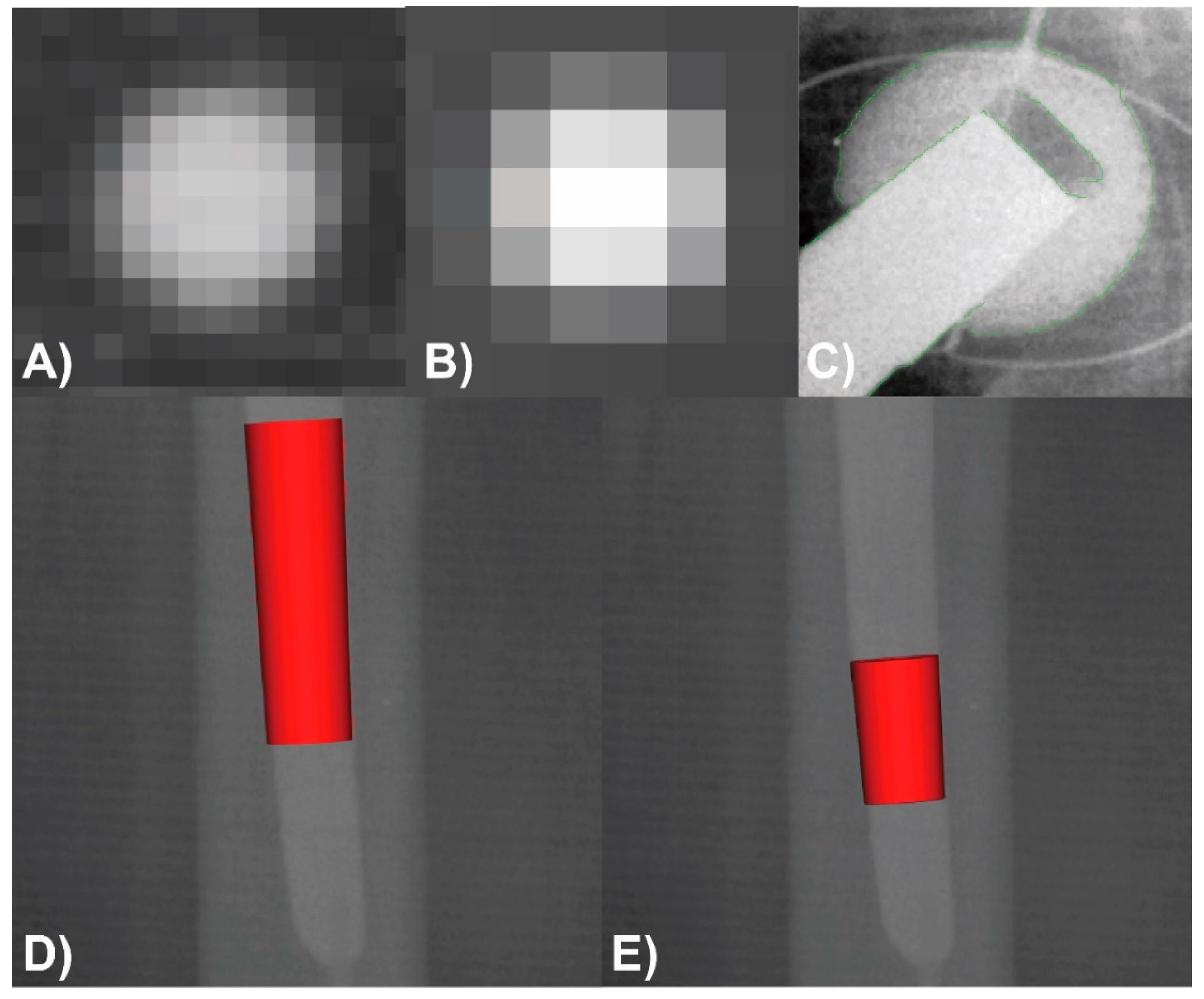
It can also affect posture and increase the risk of injury to the spinal cord and nerves. This increases the risk of spinal compression fracture. The risk of low bone mineral density and spinal fracture may be seven times higher in people with AS than in those without it. Osteoporosis and spinal problemsĬhronic inflammation can lead to a weakening of the bones and osteoporosis. When the aorta becomes inflamed, this can affect its functioning.

The aorta carries blood from the heart to the other areas of the body. Inflammation of the aorta, the body’s largest artery, can occur in those with AS.

Anemia can have a significant impact on a person’s quality of life. People with AS and other types of chronic inflammation have a higher risk of anemia. It often affects the heel, but it can also occur throughout the body. EnthesitisĮnthesitis is inflammation that occurs where the ligaments attach to the bone, leading to swelling and tenderness. This can affect the way the lungs work, and make it harder to recover from colds and other respiratory diseases. Less commonly, scarring can occur at the top of the lungs. Over time, it can become harder for the rib cage to expand, and this can affect breathing. Inflammation in the joints of the rib cage can lead to pain and stiffness in the chest, which may feel like angina or a lung problem. This can lead to stiffness and difficulty moving. Inflammation in the bone and joints can eventually cause new bone tissue to form and bones to fuse together, especially at the base of the spine. While it is unclear what causes a flare, physical or emotional stress may play a role.Ĭomplications and less common symptoms include: Fusing of joints

In another study, people with AS said that they had around one flare a month and that each flare lasted around 2 weeks. According to a 2010 study, around 70% of people with AS reported a flare in any given week.

However, symptoms may improve at times and then worsen again during a flare. In females, for example, symptoms may appear in areas other than the lower back, such as the knees and ankles.Īround 1 in 10 people with the condition experience symptoms so severe that they are at risk of long-term disability.ĪS is a chronic condition, which means that it is present all the time or constantly recurs. Symptoms can vary widely between individuals.


 0 kommentar(er)
0 kommentar(er)
